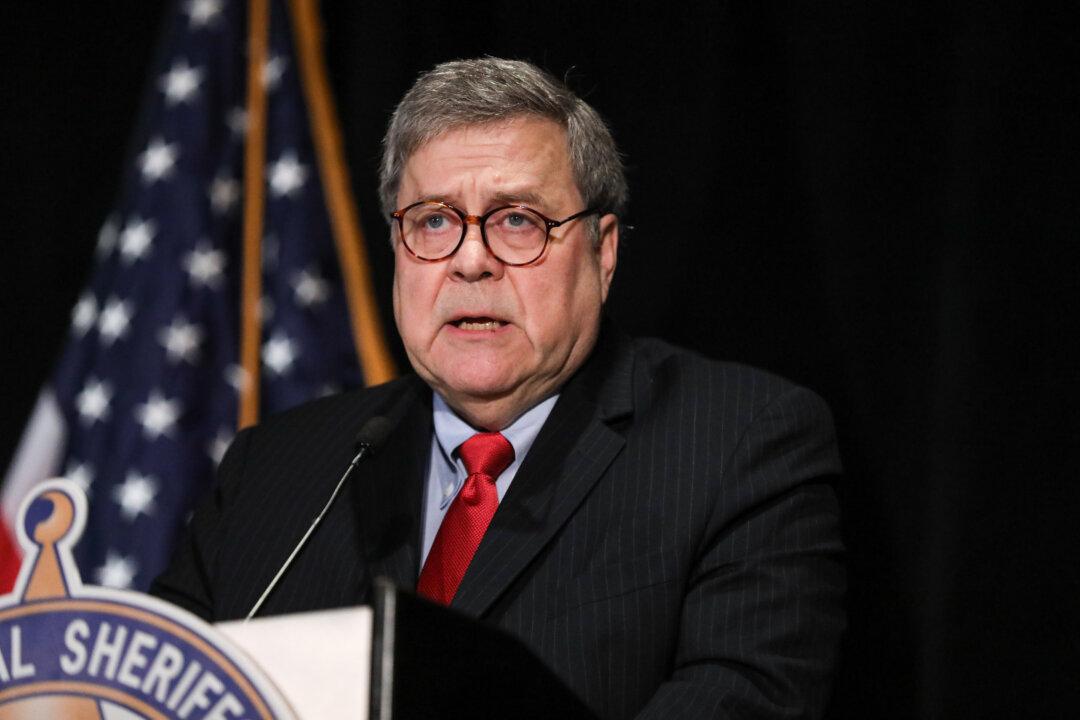Attorney General William Barr said that members of the Trump administration agreed that active-duty military personnel should only be deployed as a “last resort” response to rioting.
Barr made the comments on CBS’s “Face the Nation“ on June 7, when asked to address reports by the network that President Donald Trump had demanded last week that the military deploy 10,000 active-duty troops on U.S. streets.




